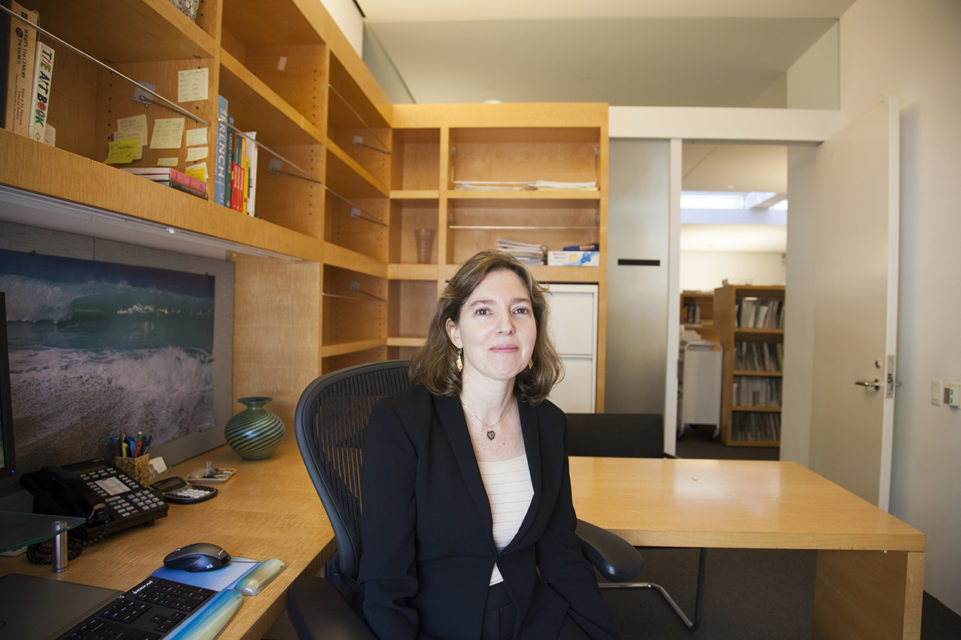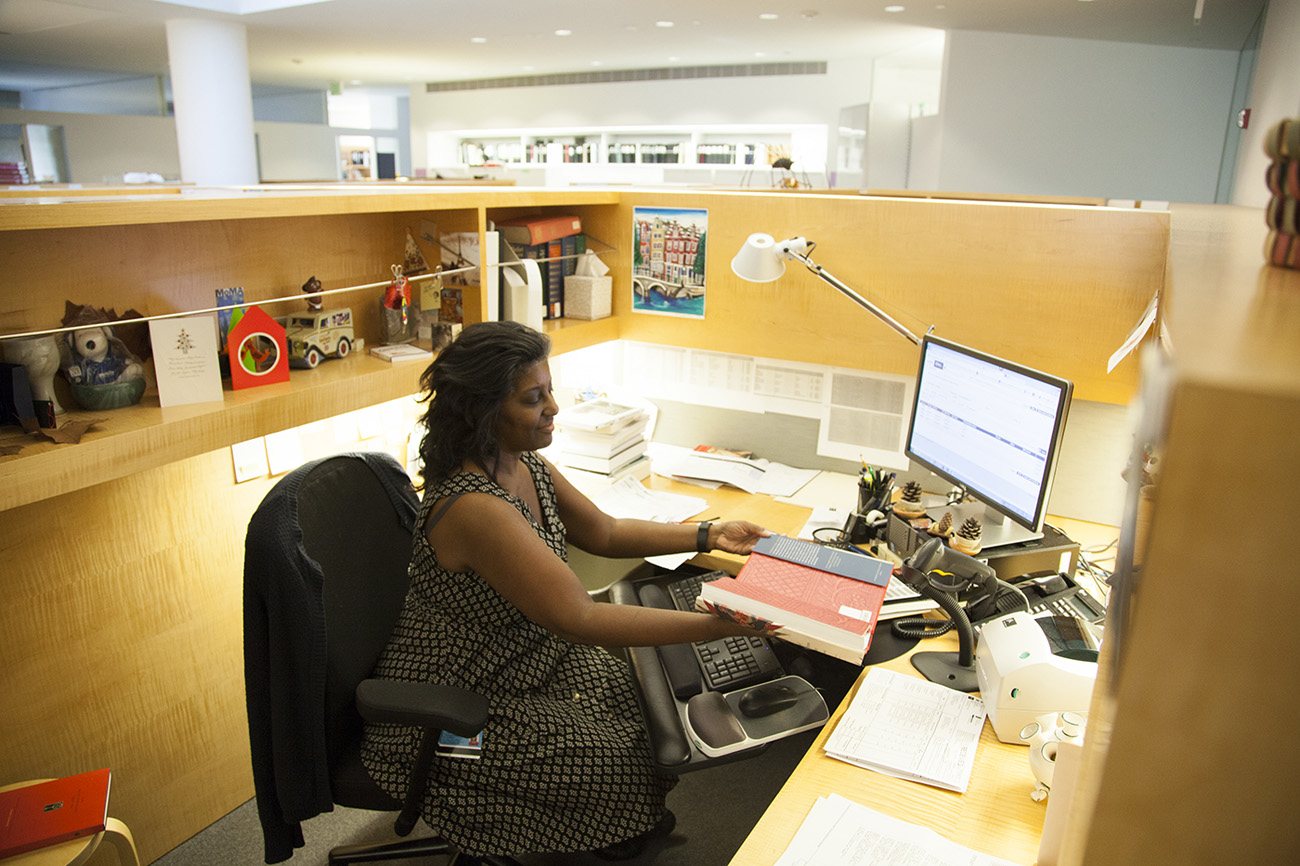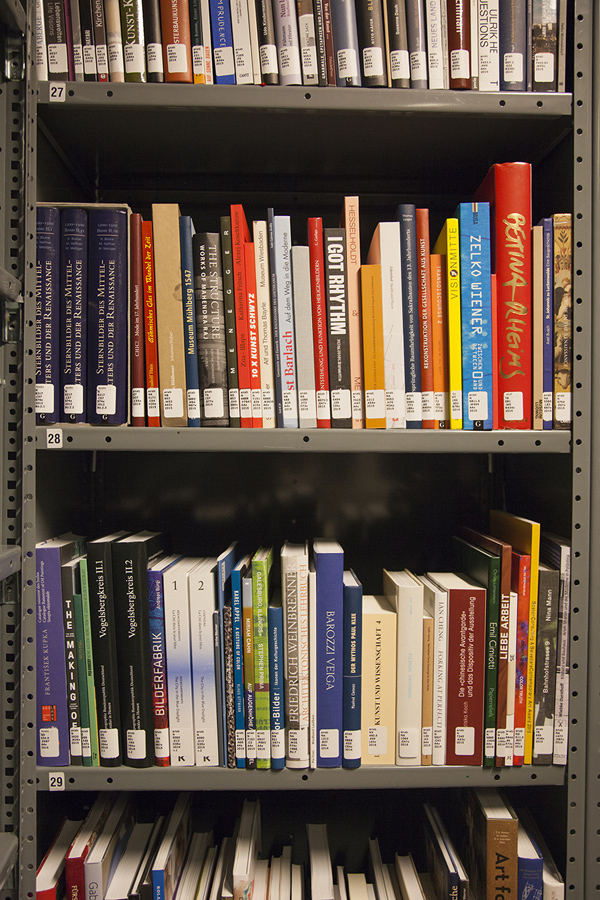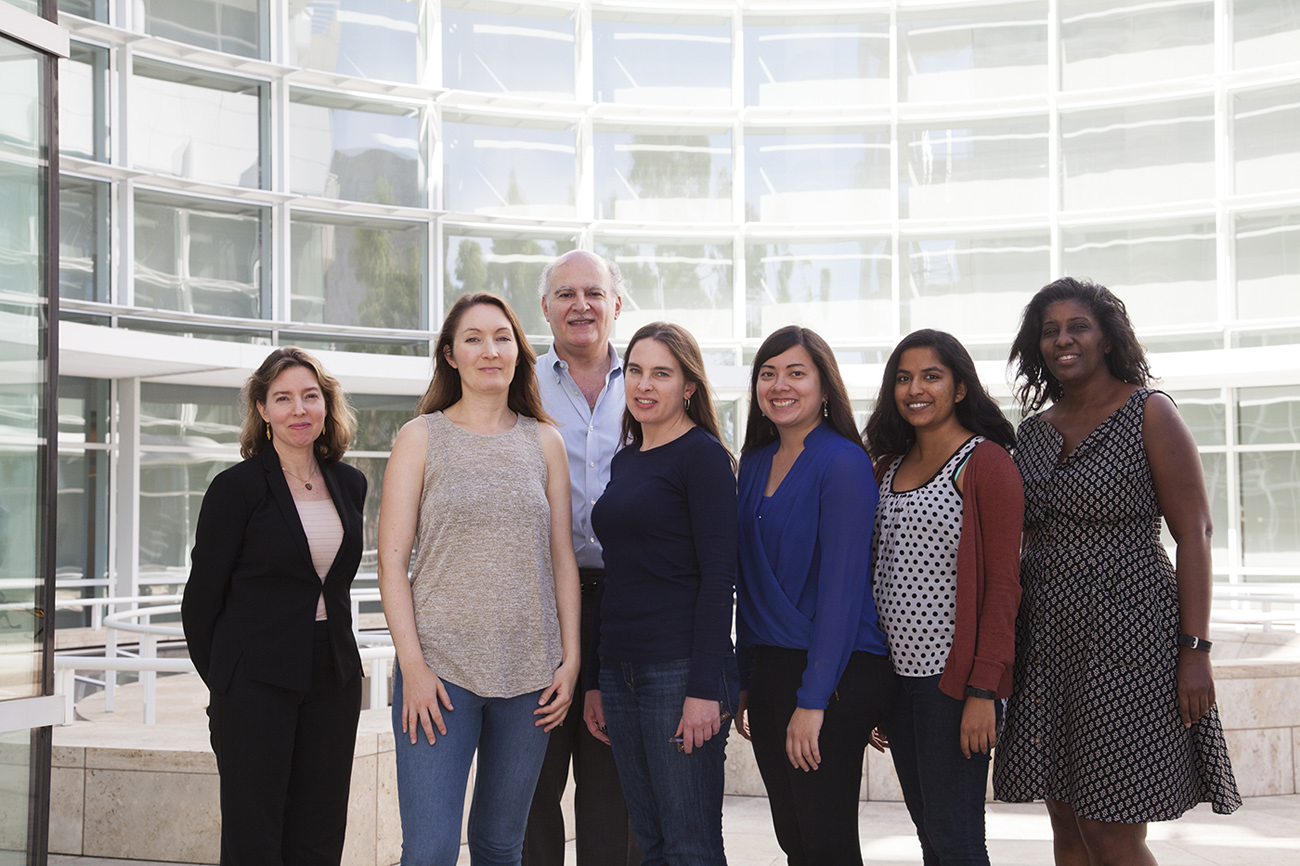Історія менеджера відділу комплектування
 The Research Library at the Getty Research Institute is one of the largest art libraries in the world, housing over one million volumes of books, periodicals, and auction catalogs. As the manager of acquisitions, I supervise six dedicated colleagues responsible for acquiring library materials to expand this advanced research library collection in all formats and languages, and to serve the needs of our readers, scholars, and staff.
The Research Library at the Getty Research Institute is one of the largest art libraries in the world, housing over one million volumes of books, periodicals, and auction catalogs. As the manager of acquisitions, I supervise six dedicated colleagues responsible for acquiring library materials to expand this advanced research library collection in all formats and languages, and to serve the needs of our readers, scholars, and staff.


When it comes to monographs—scholarly publications of a single subject—I work with vendors from all over the world to implement and refine “approval plans.” An approval plan describes the subject-matter criteria for monographs we’d like to acquire. For example, the physically processed books in the photo below were received by one of our approval vendors, Harrassowitz, based in Germany. The approval plan with this vendor includes works published in Germany, Austria, and Switzerland in all languages.


What Does a Library Acquisitions Manager Do?
Our Research Library adds approximately 25,000 new books a year to its existing million-plus volumes. Here’s a peek at how we make it happen
 The Research Library at the Getty Research Institute is one of the largest art libraries in the world, housing over one million volumes of books, periodicals, and auction catalogs. As the manager of acquisitions, I supervise six dedicated colleagues responsible for acquiring library materials to expand this advanced research library collection in all formats and languages, and to serve the needs of our readers, scholars, and staff.
The Research Library at the Getty Research Institute is one of the largest art libraries in the world, housing over one million volumes of books, periodicals, and auction catalogs. As the manager of acquisitions, I supervise six dedicated colleagues responsible for acquiring library materials to expand this advanced research library collection in all formats and languages, and to serve the needs of our readers, scholars, and staff.
On any given day, you can find members of our team ordering, receiving, invoicing, and cataloging collection materials; checking in serials; and assisting the Getty’s electronic resources librarian in managing access to electronic titles, such as online journals.

Marie Faye Barrera and Linta Kunnathuparambil unpack newly arrived library titles.
Why Work in Acquisitions?
Acquisitions is not on the mind of most library users, but it’s a major section in most libraries. Working behind the scenes, our team is responsible for obtaining the material selected by collection development staff to enhance the collection.
Managing the acquisitions budget is one of my primary tasks, but it’s only part of the process of making materials available for library readers and scholars. After an item is received and paid for, it has to be processed. While some books arrive shelf-ready from a third-party service, others need to be transferred to cataloging staff for additional processing. This involves creating or updating a metadata record and applying barcodes, beepers and spine labels to the item.
Our acquisitions team receives and processes about 2,000 volumes every month—a bibliophile’s dream! This includes donations, acquisitions, and direct orders, which are hand-selected by our bibliographers. In addition, we acquire materials for the Getty Conservation Institute, the Getty Villa, and the smaller Getty hand libraries, such as those in the Museum and the Department of Photographs.

Diane Fulton prepares a newly arrived book for shelving.
When it comes to monographs—scholarly publications of a single subject—I work with vendors from all over the world to implement and refine “approval plans.” An approval plan describes the subject-matter criteria for monographs we’d like to acquire. For example, the physically processed books in the photo below were received by one of our approval vendors, Harrassowitz, based in Germany. The approval plan with this vendor includes works published in Germany, Austria, and Switzerland in all languages.
I’m responsible for establishing relationships with vendors around the world, which is exciting for me because it gives my job a global reach. In fact, one of my many goals this year is to work with the Research Institute’s head bibliographer to begin new approval plans in several geographic regions including, Japan, Korea, and Southeast Asia.

Newly processed books ready for shelving in the Library
How I Chose This Career
I’ve been fascinated by libraries for as long as I can remember and love to read. I essentially grew up in libraries, having been hired while in high school as a library aide for the San Diego Public Library. I look back fondly at that experience, as the librarians were exceptional role models. I’m also profoundly grateful to three retired librarians in my family for their support and encouragement in my pursuit of a library career.
I earned my bachelor’s degree in business administration and management with a minor in art history then went on to pursue a master of philosophy degree in history of art and connoisseurship at Christie’s Education in London. After working in several libraries, including the Frick Art Reference Library in New York as an assistant photoarchivist, I knew I wanted a career in art librarianship, so went on to earn a master’s in library and information science at San Jose State University.
What Motivates Me
Even with multiple degrees, I’m always learning on the job–especially now, as digital publishing and research continue to change the face of library and information services. And I’m continually motivated by the enthusiasm and dedication of my colleagues at the Research Institute, who together accomplish the library’s mission of advancing scholarship in the arts and humanities.

The acquisitions team. Left to right: me (Tia Woodruff), Jill Tenney, Martik Martirossian, Dionna Denise Dudley, Marie Faye Barrera, Linta Kunnathuparambil, and Diane Fulton

Немає коментарів:
Дописати коментар